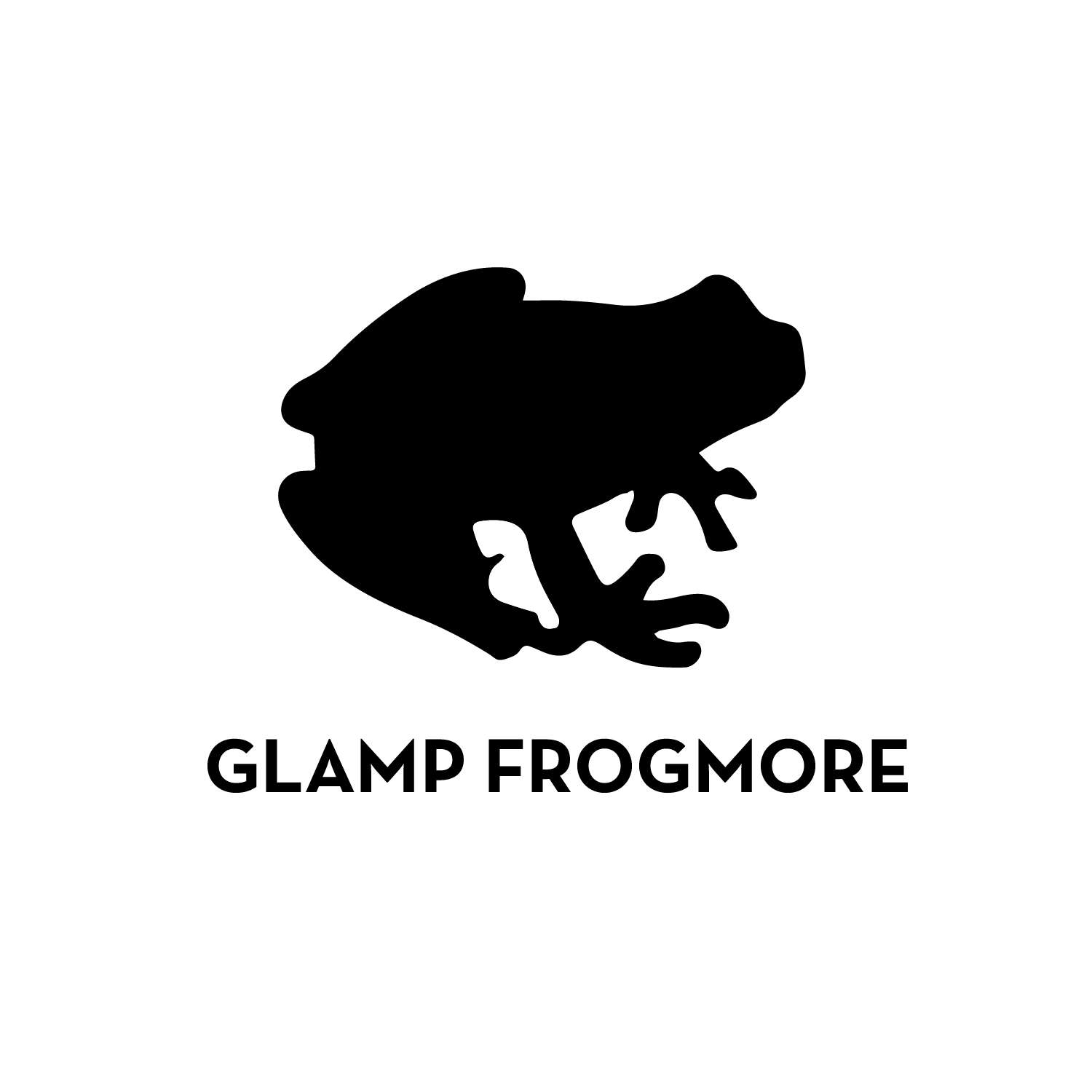How to create your own Glampsite.
In 2020, while working remotely, my husband, Justin, and I took the initiative to build Glamp Frogmore on our property. Although not initially in our life plans, we were always thinking of creative ways to share our land. 2020 seemed like the perfect time to start. The creation of Glamp Frogmore gave us something to focus on together, a healthy way to channel our energy into something positive in the world. This endeavor not only provided Justin with therapeutic time away from the computer and the opportunity to work outside, it also provided a convenient, serene, and safe escape for our guests during uncertain times. If you are thinking about creating a glampsite on your existing property or investing in a property, here are some things to think about:
1. Vision and Concept: What type of glamping experience are you envisioning? Do you want to pimp out a horse trailer, buy an Aerostream, put up a safari tent, or build a yurt? Will it be a luxurious retreat, an eco-friendly escape, or a family-friendly adventure? There are so many ways to bring your personality into your site and make it a unique experience for your guests.
2. Legal and Zoning Considerations: Check local regulations, zoning laws, and permits required for establishing a glampsite on your property. Ensure that you comply with all legal requirements and environmental regulations. Keep in mind that things like adding electricity, plumbing, offering food, or laying cement footers for your platform/outhouse could add additional steps to get final approval. In our case, we have solar powered lights, battery operated lanterns, bottled water, and a composting toilet. Justin was able to build the platform for the tents and the outhouse without a permanent foundation, which made the zoning process easier, and also allows us to feasibly move the sites down the road.
3. Site Selection and Design: Do you have enough space on your property to add a site? Do you want to purchase a piece of land to build on? I would highly recommend starting small. We started with one site (The Pines) and added an additional one (The Ferns) the following year. Consider factors such as scenery, accessibility, privacy, and parking. Where does the sun rise? Can you watch the sunset from the campfire? Are there interesting trees? Enough shade? Open space? Good breezes? Fields for fireflies? We had one group come to stay solely because we had fireflies in the evening.
4. Amenities and Facilities: Will you offer a shower? Some sites just provide a sun shower (essentially a bag of water hanging from a tree that gets heated from the sun). We started out with sun showers, then offered a solar shower (hooked up to a hose) and just this past year, Justin built an outdoor shower heated with propane. What will you do for bathroom facilities? You could rent an outhouse (not exactly an aesthetic choice), offer composting toilets (this is what we do, and they’re not gross. I’m not the one that deals with cleaning it, however), and there are other options as well. Will you build a fire pit for campfire stories? Offer a solo stove instead? Provide a Coleman stove for those who may prefer to cook over that instead of over an open fire? What type of outdoor space will you provide? Adirondack Chairs? An outdoor yoga spot? A hammock? A picnic table? A bug free screened in area? Will you provide bed linens? How will you furnish your tent/trailer/Aerostream/yurt? Will you offer “extras”? Extras are things guests can add on to their stay. Coffee in the a.m., a cooler with ice, a dog bed (if you decide to allow pets), different food options (this requires a license from the Department of Health), a extra pop-up tent for additional guests, fixings for s’mores, fresh eggs (if you have chickens), fresh produce from the garden, or flowers.
5. Guest Experience and Activities: What experiences will you offer your guests to make their stay unique? You could provide games, books, recommend nearby hiking trails, swimming holes, provide fishing rods, give a list of nearby beaches, places to horseback ride, kayaks, stargazing, wildlife watching, or wellness activities. Provide opportunities for guests to connect with nature and each other.
6. Marketing and Branding: Develop a unique brand identity for your glampsite and create a marketing strategy to promote yours site. Think outside of the box. Utilize social media, and online booking platforms (we use Hipcamp and Airbnb). Create a logo and pop it on car stickers, put in on camping mugs, or signage on the property.
Cheers to creating your own Glamp Frogmore experience! And reach out to Amy at amy.barrett@compass.com if you have any questions.


